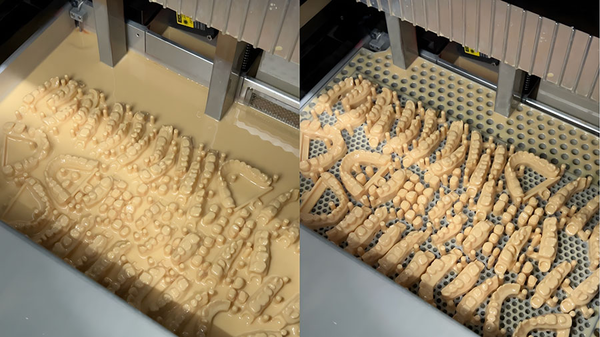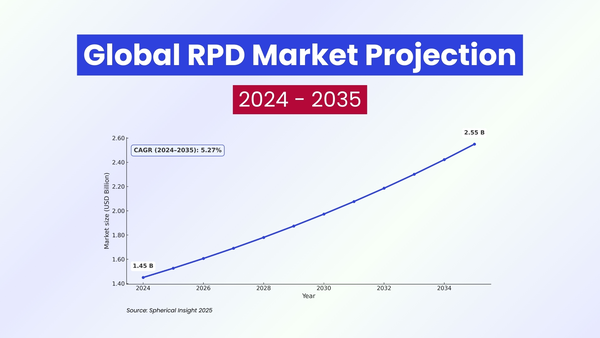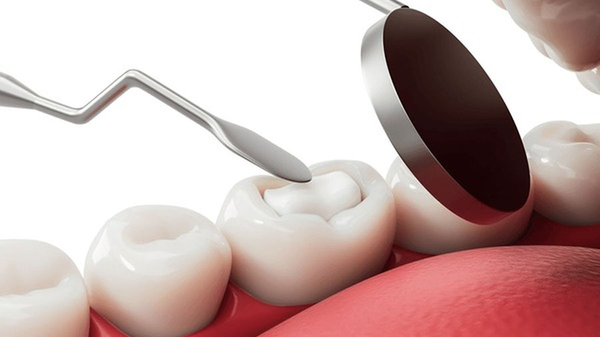The evolution of zirconia-based dental ceramics has been a breakthrough in restorative dentistry, offering a diverse range of materials to address aesthetic and functional demands. Among these, 4Y-PSZ (4 mol% Yttria-stabilized Partially Stabilized Zirconia) and 5Y-PSZ (5 mol% Yttria-stabilized Partially Stabilized Zirconia) have emerged as advanced options, providing enhanced translucency ...
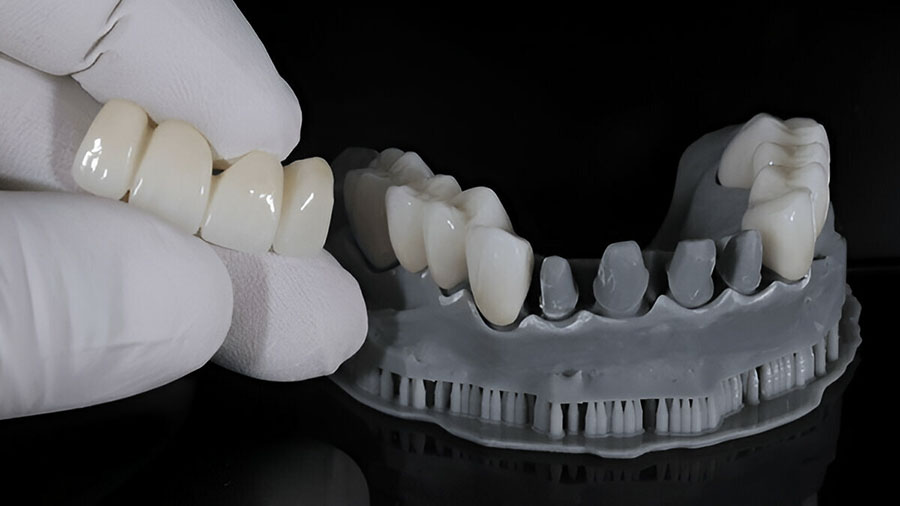
Table of contents [Show]
The evolution of zirconia-based dental ceramics has been a breakthrough in restorative dentistry, offering a diverse range of materials to address aesthetic and functional demands. Among these, 4Y-PSZ (4 mol% Yttria-stabilized Partially Stabilized Zirconia) and 5Y-PSZ (5 mol% Yttria-stabilized Partially Stabilized Zirconia) have emerged as advanced options, providing enhanced translucency compared to traditional 3Y-TZP zirconia. This article explores the material composition, mechanical and optical properties, clinical applications, and current recommendations for these next-generation zirconia ceramics based on academic research.

Material Classification and Composition
Zirconia ceramics are categorized based on their yttria (Y₂O₃) content, which influences phase stability and material properties:
4Y-PSZ: Contains 4 mol% yttria, offering a balance between mechanical strength and translucency.
5Y-PSZ: Contains 5 mol% yttria, prioritizing translucency for aesthetic applications.
These materials are partially stabilized zirconia (PSZ), with increased cubic phase content compared to 3Y-TZP (3 mol% yttria). The cubic phase enhances optical properties by reducing light scattering, making 4Y-PSZ and 5Y-PSZ ideal for anterior restorations.
Crystal Structure and Phase Composition
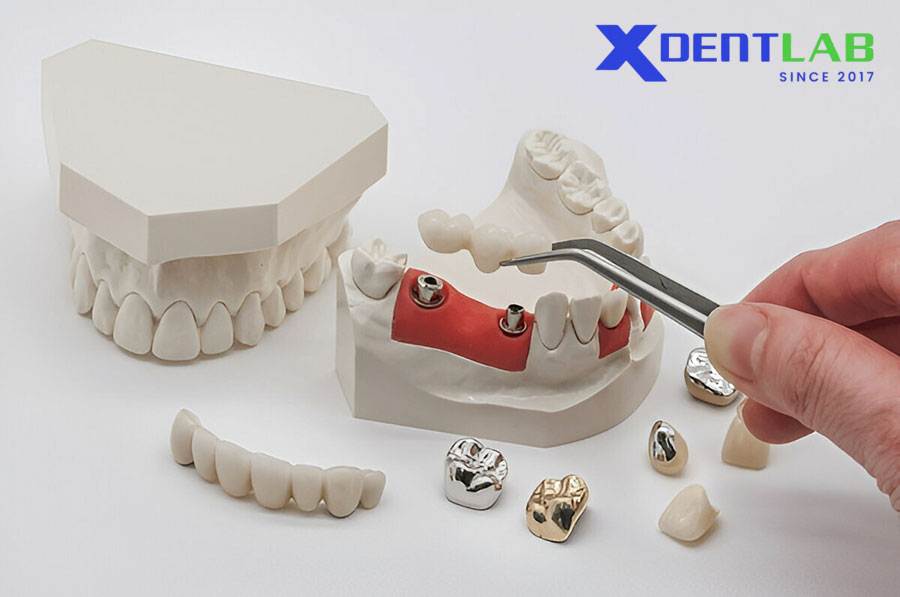
The crystal structure of zirconia is directly influenced by yttria content:
Cubic Phase: Dominates in 5Y-PSZ due to higher yttria content, resulting in improved translucency but reduced mechanical properties.
Tetragonal Phase: More prevalent in 4Y-PSZ, contributing to better fracture toughness and flexural strength.
Phase Stability: The balance between cubic and tetragonal phases determines the clinical suitability of these materials.
The isotropic refractive index of the cubic phase minimizes light scattering, making 4Y-PSZ and 5Y-PSZ zirconia superior to 3Y-TZP in terms of aesthetics.
Mechanical Properties
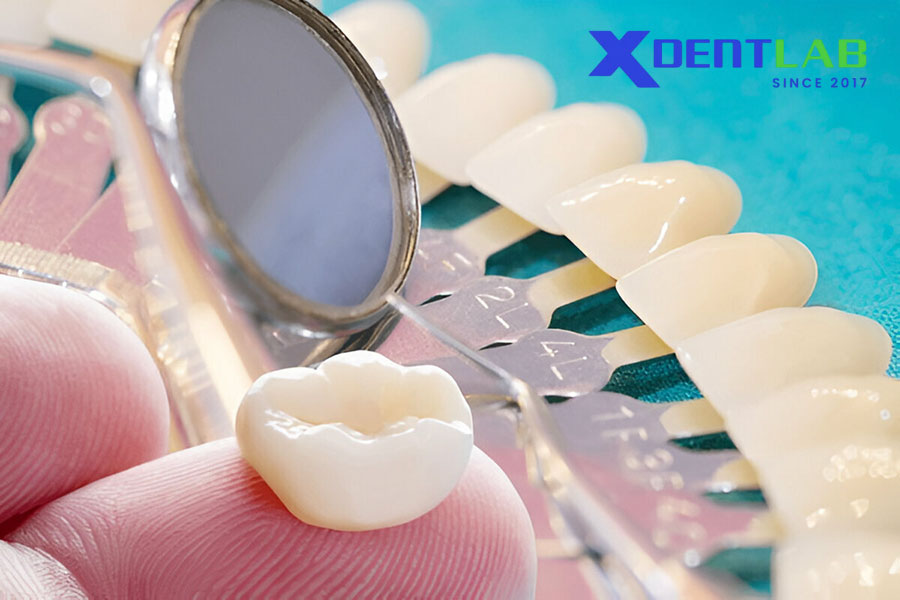
Flexural Strength
4Y-PSZ: Exhibits intermediate flexural strength (750-900 MPa), striking a balance between strength and translucency.
5Y-PSZ: Demonstrates lower flexural strength (600-700 MPa) compared to both 3Y-TZP and 4Y-PSZ.
The reduced strength in 5Y-PSZ is attributed to its higher cubic phase content, making it less suitable for high-stress applications.
Fracture Toughness
4Y-PSZ: Offers fracture toughness comparable to 3Y-TZP, ensuring durability in posterior restorations.
5Y-PSZ: Displays the lowest fracture toughness among zirconia ceramics, limiting its use to low-stress areas.
The reduction in toughness is linked to increased porosity and the dominance of the cubic phase in 5Y-PSZ.
Optical Properties
Translucency
The translucency of zirconia ceramics improves with higher yttria content:
4Y-PSZ: Provides significantly higher translucency than 3Y-TZP while maintaining reasonable mechanical properties.
5Y-PSZ: Offers the highest translucency among zirconia materials, ideal for aesthetic anterior restorations.
The translucency parameter increases due to reduced light scattering, making these materials suitable for situations where aesthetics are paramount.
Clinical Applications and Recommendations
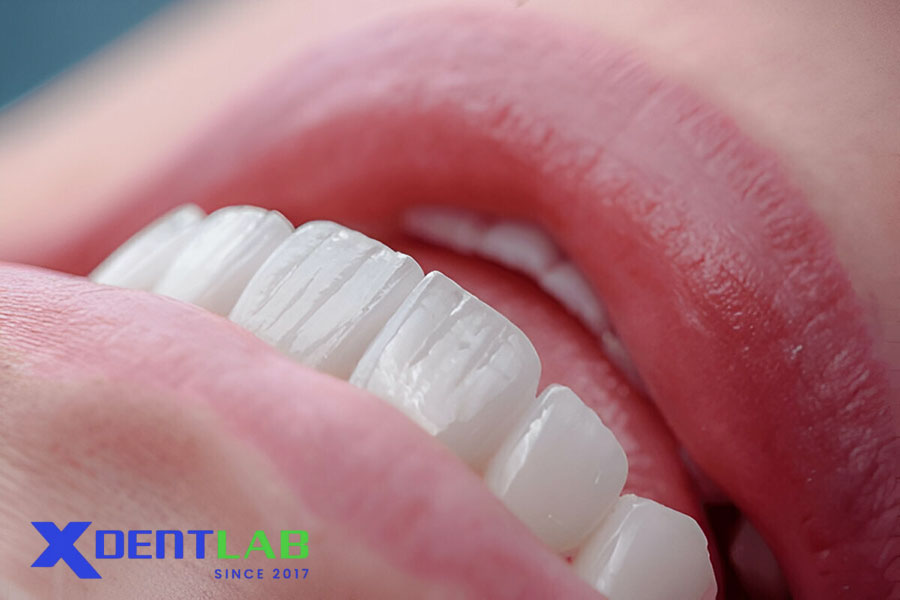
4Y-PSZ Applications
Indications: Suitable for both anterior and posterior monolithic restorations due to its balance of strength and translucency.
Restoration Types: Single crowns, short-span fixed dental prostheses (FDPs), and implant-supported frameworks.
Advantages: Combines aesthetic appeal with mechanical reliability, making it versatile for various clinical scenarios.
5Y-PSZ Applications
Indications: Primarily recommended for anterior restorations where aesthetics are the primary concern.
Restoration Types: Veneers, anterior crowns, and low-stress aesthetic restorations.
Limitations: Not suitable for high-stress posterior applications due to reduced mechanical properties.
Surface Treatments and Aging Effects
Surface Treatments
The finishing procedures used for 4Y-PSZ and 5Y-PSZ zirconia can affect their properties:
Polishing: Minimal alteration to material properties, preserving mechanical strength and translucency.
Staining and Glazing: Enhance aesthetics but may increase surface porosity.
Proper surface treatments ensure optimal performance and longevity of zirconia restorations.
Aging Effects
Both 4Y-PSZ and 5Y-PSZ exhibit increased surface porosity compared to 3Y-TZP, which may impact long-term performance:
Hydrothermal Aging: Higher cubic phase content increases susceptibility to low-temperature degradation (LTD).
Material Stability: Improved formulations mitigate aging risks, ensuring clinical reliability.
Current Clinical Recommendations
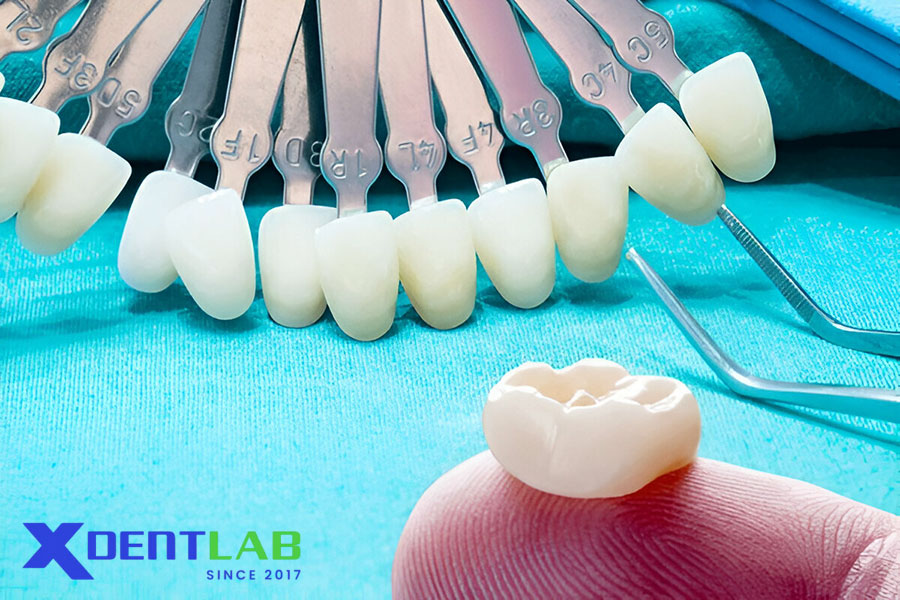
Material Selection
Use 4Y-PSZ for cases requiring both aesthetics and strength.
Reserve 5Y-PSZ for purely aesthetic anterior restorations.
Cementation Protocols
Adhesive cementation is recommended, particularly for 5Y-PSZ, to compensate for lower mechanical properties.
Thickness Requirements
Maintain a minimum thickness of 1.0-1.5 mm to ensure structural integrity and durability.
Long-Term Monitoring
Regular follow-ups are essential due to limited long-term clinical data on these newer materials.
Conclusion
The progression from 3Y-TZP to 4Y-PSZ and 5Y-PSZ represents a trade-off between mechanical properties and aesthetics, offering clinicians a broader range of options for zirconia-based restorations. While 4Y-PSZ provides a balanced solution for both anterior and posterior applications, 5Y-PSZ excels in aesthetic anterior cases where translucency is critical.
At XDENT LAB, we specialize in delivering high-quality zirconia solutions tailored to the needs of dental practices worldwide. Our FDA-approved processes, ISO-certified facilities, and advanced manufacturing techniques ensure consistent results and clinical success.
Why Choose XDENT LAB for Zirconia Restorations?
Global Expertise: Trusted by dental practices across the U.S. and beyond.
Lab-to-Lab Solutions: Seamless outsourcing for dental labs.
Advanced Technology: State-of-the-art manufacturing techniques.
Compliance Assurance: FDA and ISO certifications guarantee quality.
Let XDENT LAB help you elevate your practice with reliable, high-performance zirconia solutions. Contact us today!
XDENT LAB is an expert in Lab-to-Lab Full Service from Vietnam, with the signature services of Removable & Implant, meeting U.S. market standards – approved by FDA & ISO. Founded in 2017, XDENT LAB has grown from local root to global reach, scaling with 2 factories and over 100 employees.. Our state-of-the-art technology, certified technicians, and commitment to compliance make us the trusted choice for dental practices looking to ensure quality and consistency in their products.
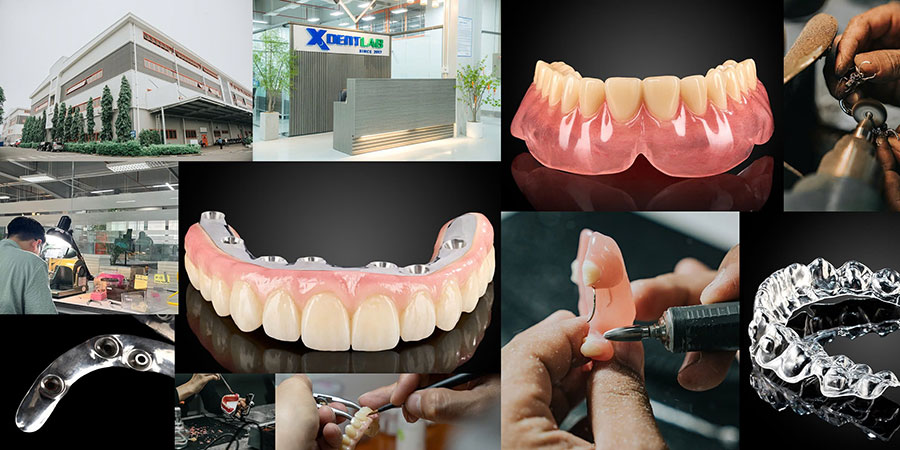
Our commitments are:
100% FDA-Approved Materials.
Large-Scale Manufacturing, high volume, remake rate < 1%.
2~3 days in lab (*digital file).
Your cost savings 30%.
Uninterrupted Manufacturing 365 days a year.
Contact us today to establish a strategy to reduce operating costs.
--------❃--------
Vietnam Dental Laboratory - XDENT LAB
🏢 Factory 1: 95/6 Tran Van Kieu Street, Binh Phu Ward, Ho Chi Minh City, Vietnam
🏢 Factory 2: Kizuna 3 Industrial Park, Can Giuoc Commune, Tay Ninh Province, Vietnam
☎ Hotline: 0919 796 718 📰 Get detailed pricing
Share this post:

